What Went Wrong With Occupy?
By Joost van Steenis
There is no unifying target of Occupy, the struggle against the one percent has been abandoned, and leaders with old leftist ideas have converted the leaderless movement into a kind of organization. The 99 percent know that, with action methods and tactics that failed in the past, real change is impossible. For a New Humane World, we must pressure the one percent, creatively disturb their secluded and exclusive world.
Outdated leftist actions hardly put pressure on powerful people. The arrests and clashes only hurt the 99 percent. Damage to the 99 percent should be minimal and pressure on the one percent maximal. Most people in Western countries do not want to lose their more or less comfortable lives. Only a minority participates in demonstrations. In their private lives, the 99 percent often fight. Evading taxes, harassing the boss or colleagues or ignoring traffic rules are some activities carried out without any feeling of guilt. A new movement should minimize mass actions and initiate small autonomous actions common people can carry out with the capabilities and possibilities they have.
Some Big Tactical Mistakes
Occupy had a surprising start. Authorities were not prepared to cope with the occupation of thousands of public squares. Obviously there was a lot of discontent. People were waiting for new ideas to create a humane world. The first slogan “Occupy the financial centers” pointed at the greedy one percent who benefited from the crisis. The second slogan “We are the 99 percent” indicated that the one percent are different (in power and money) and should be the target. That idea attracted the sympathy of the masses. Soon this unifying target was replaced by partial political demands that have never changed the world. Occupiers fell back on old action methods. The people at the top of society were once again not directly pressured. A movement can only flourish with a clear target and a long string of small successes.
Electronic communication serves to spread ideas further and faster, but the power of the one percent can only be broken by direct actions and not by texts on internet or on placards in a demonstration. On Facebook there are discussions of what the other side is doing but hardly any about what the Movement should do. The Movement should unite all the 99 percent, but old terms like anti-capitalism, communism, socialism or anarchism have an adverse effect on many potential followers.
The present is our responsibility, the future the responsibility of the people who will live it. A better future can only be achieved when we have the power to defeat any selfish group of leaders. Our task is to take away the power and the money from the one percent and open the road to a New Humane World. Each action should contribute to this common goal, a New Humane World without a greedy one percent. The emphasis on building a more friendly society in communes can be attractive to the participants but will not change the power and wealth relations in the world.
The idea that big actions bring change nearer is a fable. Demonstrations, strikes, petitions, etc. make clear that many people agree with the goals of the movement. But authorities can easily control big actions, and their power is not contested. Big actions will not continue for a long time. We need a long string of guerrilla-like small actions and many small successes undermining the confidence and power of the one percent. The big demonstrations in Arab countries had some success by ousting some of the one percent, but the kernel of the one percent is still in power. By defending the occupied squares instead of pressuring the one percent, Occupy ceased to move. Activists became sitting ducks and authorities could gather the strength to clear all squares. Occupy did not have an answer.
Historical Context
Movements should move with surprise actions against clear targets. Past movements succeeded because of this simple truth, but eliminating the power of the one percent needs new methods to change the world (that past movements never achieved). Fifteen years after World War II, the 99 percent started again to move. The Civil Rights Movement and the French Spring (in Holland the Provo Movement) showed that people wanted another kind of society. The movements had clear targets and original action methods.
The massive protests against the Vietnam War were less successful, but anyhow the war stopped. There was a long string of successes in the growing number of Americans that fled the country to avoid being send to Vietnam. All actions were connected to the target: to stop the war. The Woman’s Liberation Movement and the Squatters Movement also knew many small successes. But authorities were learning how to handle movements by using better-trained police, better publicity and by better anticipating what the movements could undertake. Leading activists did not change their methods. They forgot the advice of Sun Tzu and Von Clausewitz about how to combat a seemingly mighty opponent. The anti-nuclear movement (against bombs and nuclear plants) was hardly successful. More plants were built and more countries got atom bombs. After 1985 inspiring political movements virtually ceased to exist. The small revival with the anti-G8 actions soon sizzled out, not because of violent clashes with security forces but because of the lack of inspiring successes. There were no new action methods and the world did not become a better place. Wars, crises or continuing poverty did not seem to activate the 99 percent in rich Western countries.
Occupy started to wither away for the same reasons why there were hardly any movements after 1985: repetitions of obsolete action methods, failure to devise answers to the improved methods by authorities to cope with mass movements, failure to unite the 99 percent around one clear subject (taking power from the one percent), division of the masses by proposing targets and goals that only could be realized when the one percent had disappeared, and inability to inspire the 99 percent by a long series of small successes. In the 25 years before 1985, authorities found new methods to canalize dissatisfaction while protesters continued to use old methods. Successes became rare and the disappointed 99 percent refused to take part in new movements. The fat twenty-five years before 1985 were followed by the meager 25 years. The hope for a New Humane World seemed to have disappeared.
People’s Power: A New Start
The start of Occupy inspired the new generation. The next steps were not inspiring because the old action methods returned and fighting against the greedy rich was transformed into protesting about relatively small problems. Demonstrations, petitions, strikes, attention for the political powers, etc. have not brought much change. The one percent was neglected, and actions concentrated on the effects of what the highest power caused. Protests against sackings, foreclosures, lower wages, growing poverty, continuing wars are partial political demands that in a time of crisis do not know any success.
Trying to improve a bad situation can be laudable but partial political demands do not address the fundamental reasons for a bad situation. Actions should include attacks on the one percent who caused the bad situation and not be restricted to the effects of the cause. A movement without a long string of small successes whithers away. When the rich become richer and the poor poorer, why should the 99 percent take part in actions that do not challenge the rich. Even the lower echelons of power, politicians and higher civil servants, seem to be exempted from actions that propose to fight austerity.
You may wonder if 150 years of communist, socialist, anarchist or leftist actions have been successful. The power and wealth gap are still growing. The people have no direct power. A central question should be how to develop people’s power. Demonstrations give some power, but soon leaders recover and the old power relations return, as is happening in the Arab World. Occupy hardly developed a people’s power: another reason why the 99 percent became disappointed and withdrew.
While a century ago leftist movements had ample interest in capitalists, in our time the one percent seem to have been excluded from any action threat. In the French revolution (see Jean-Paul Marat) the highest class was attacked, but in the last century capitalists hardly felt any direct pressure. The left tried without much success to change the system and neglected to develop the means for the people to control leaders. Movements have clear goals and fighting for a vague new system does not attract the 99 percent. When the one percent lose their power because of actions of the 99 percent, the system will change anyhow. How the new system will look is the responsibility of the people who live in the future, our task is to create the possibility that a society without a one percent can come into being in which not money inspires all decisions but the idea that all people have the same status.
People’s power is a continuous process. Leaders who do wrong must be made aware that suddenly and unexpectedly they can come under fire. By creatively disturbing their private lives, by not giving them any respite, (a guerrilla principle) they will be made to realize that they can only avoid pressure by taking decisions in which people stand central and not money and the benefit of their own group. People’s power should put direct pressure on humans who belong to the one percent by methods that can be carried out by any member of the 99 percent. Actions should be small and surprising with only occasionally a great peaceful gathering. Each action should contribute to the idea that decisions must be dominated by the principle that all humans have the same status and the right to decent living, decent education, decent medical care, etc. Only with new ideas, new tactics, a unifying target and a long string of successes will we get a New Humane World. Without these basic conditions, any movement will be short-lived and power and the money will become yet more concentrated in the hands of the happy few: the one percent.
Editor’s Note: Joost van Steenis is a veteran activist from The Netherlands who among other things took part in the Provo, Squatters and Anti-nuclear Movements. His books, including his latest “From Chaos to Change, Entering a New Era”, are freely downloadable from his site “Down with any elite”. Facebook Group: “Occupy the 1%”. All photographs by Glenn Halog.
Related Articles

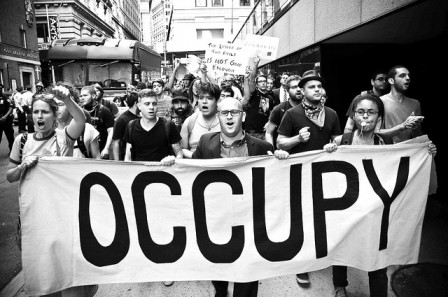
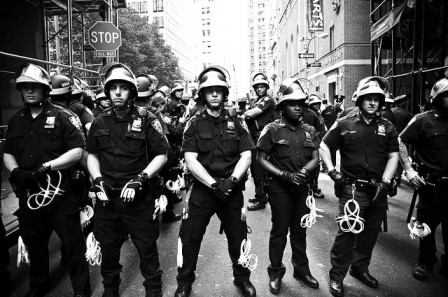
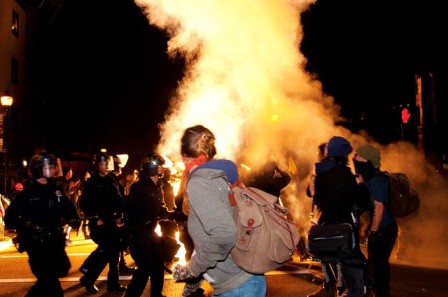
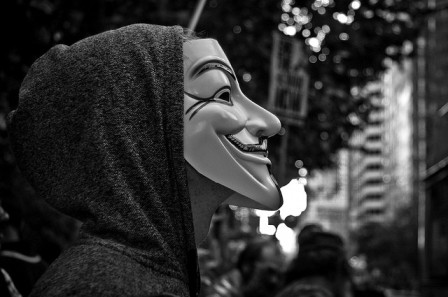
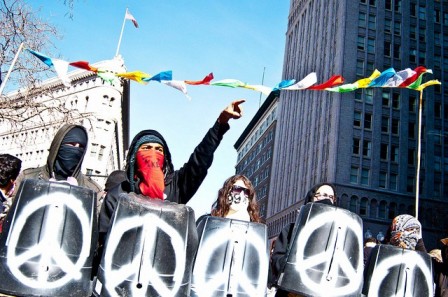
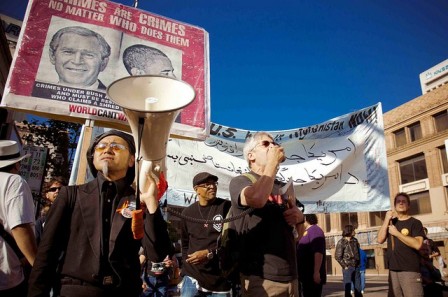
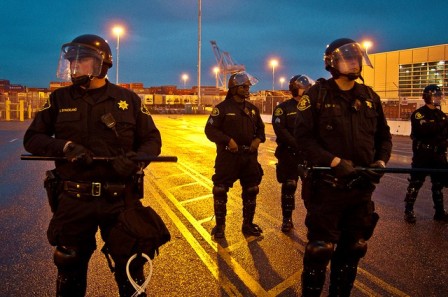
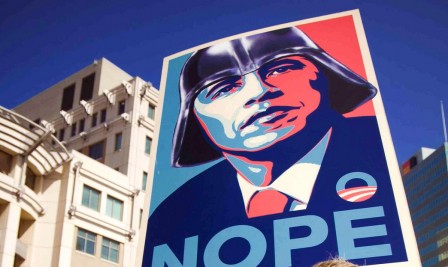

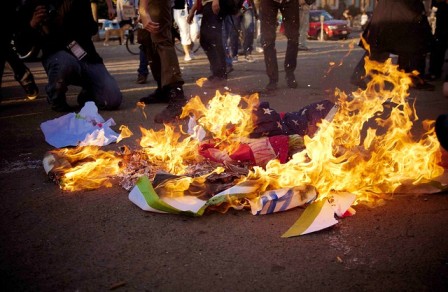











9 Responses to What Went Wrong With Occupy?
You must be logged in to post a comment Login